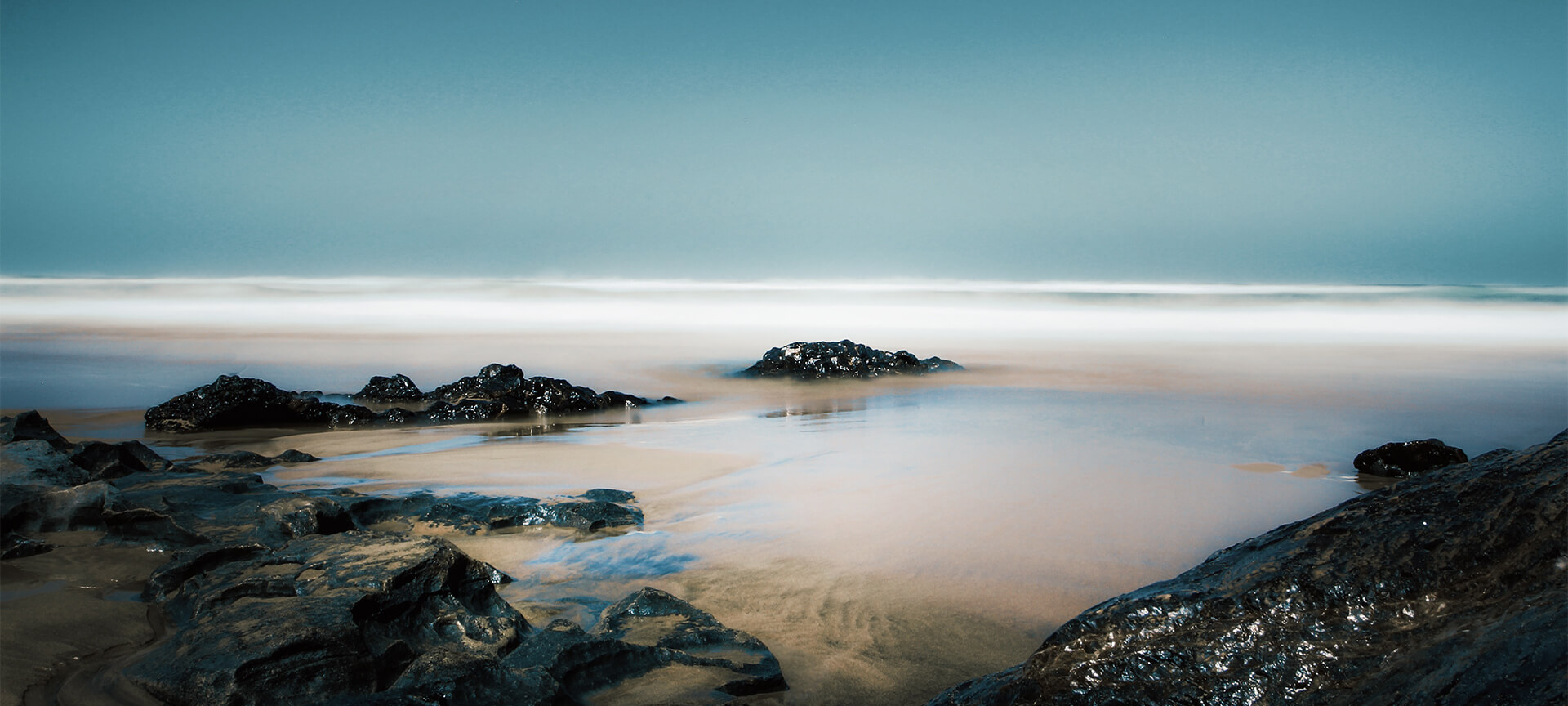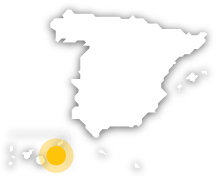
Fuerteventura Biosphere Reserve

With an area of 1,658 square kilometres, Fuerteventura is the second largest of the Canary Islands. UNESCO declared the island and its marine habitat a Biosphere Reserve in 2009.
Fuerteventura is the easternmost of the Canary Islands and stands out for its diverse ecosystems and the wealth of marine species that inhabit it. Here you will find desert and semi-desert areas as well as a maritime environment. Its marine fauna includes sperm whales and dolphins, as well as sea turtles that breed on its beaches. It is also one of the world's leading geopaleontology observatories.By designating Fuerteventura as a Biosphere Reserve, UNESCO recognises the island's efforts to develop sustainable tourism practices. In fact, it represents one of the best models for implementing the European Union's renewable energy directive.
Fuerteventura Biosphere Reserve
Fuerteventura (Canary Islands)
Fuerteventura (Canary Islands):
- Puerto del Rosario
- Antigua
- Betancuria
- Oliva, La
- Pájara
- Tuineje
Activa JS
What you need to know
-
Cultural information
Fuerteventura preserves numerous traditions that are evident in its folk festivals, popular dances and music, and in the local craftwork of Fuerteventura (typical of the island). Its most relevant architecture is religious.
-
Environmental information
It stands out for its unique landscape. Despite the island's sparse vegetation, its microclimatic factors have fostered the emergence of its own species. In this regard, the main areas are Saladar de Jandía, Riscos del Carnicero and Valle de Gran Tarajal palm grove. Also noteworthy are the Corralejo Dunes and Isla de Lobos Natural Park, where the beaches of golden sand and clear waters are striking. Another must-see spot is Malpaís de la Arena, a natural monument of great beauty created by the latest volcanic eruptions in Fuerteventura.
-
Information for visits
Fuerteventura is easily accessible by both air and sea. Daily flights connect to Gran Canaria and Tenerife. It is also linked by boat with the main islands of the archipelago.
Travel plans for inspiring you



